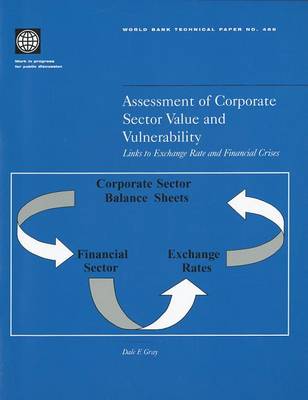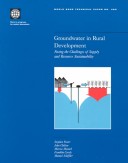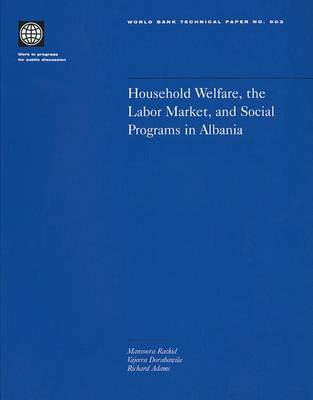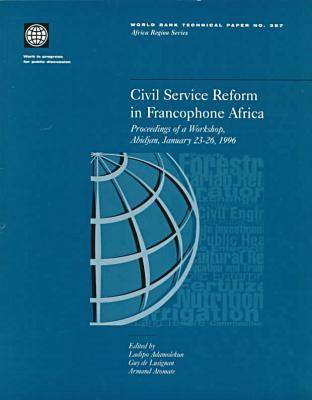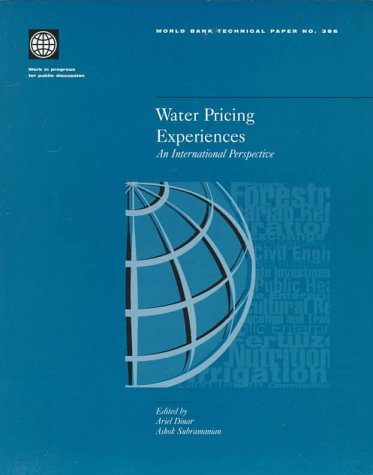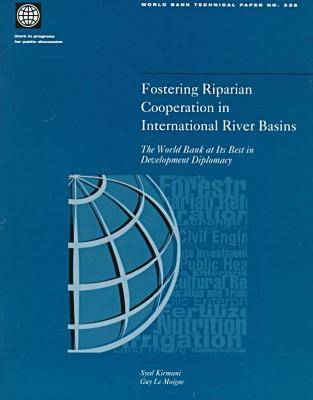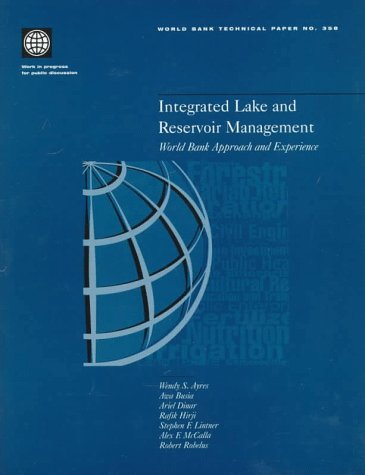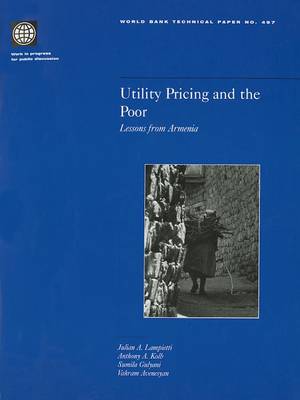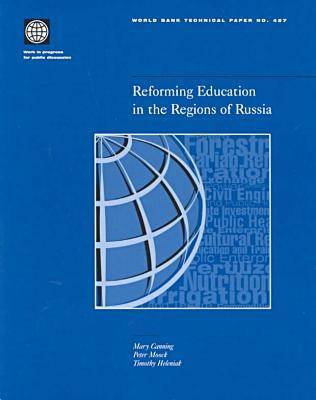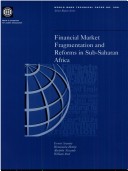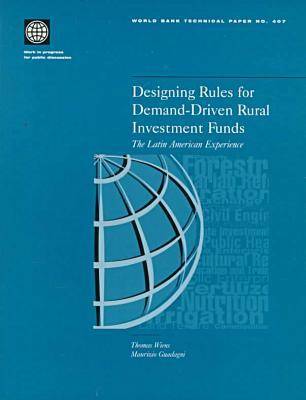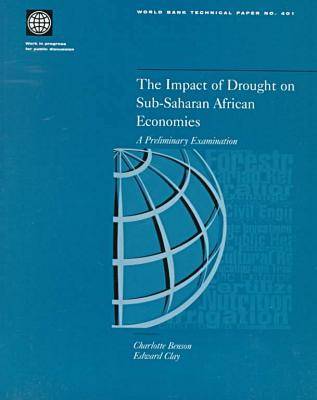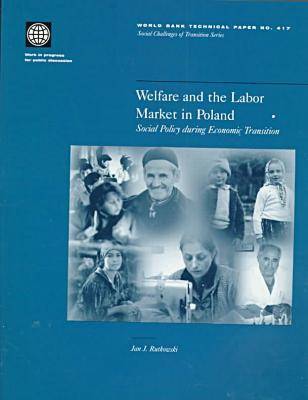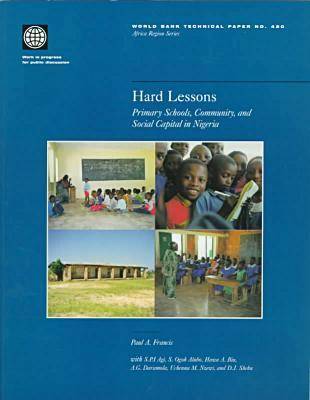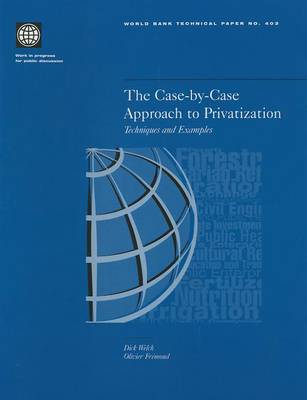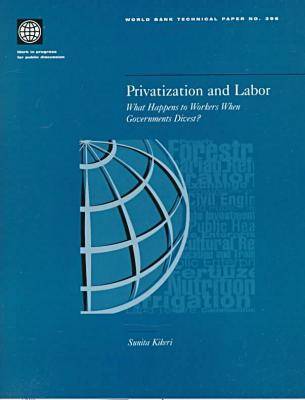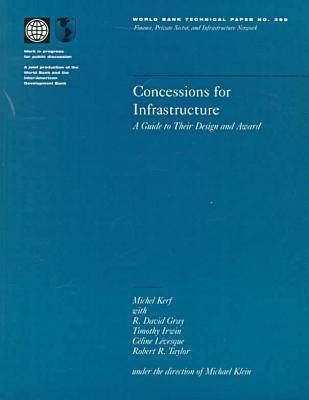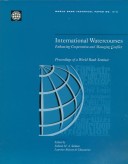World Bank Technical Paper
25 primary works • 59 total works
Book 455
Book 462
Municipal Solid Waste Incineration
by T. Rand, J. Houkohl, U. Marxen, and World Bank
Book 463
Book 492
Assessing Markets for Renewable Energy in Rural Areas of Northwestern China
by Tuntivate Voravate, Douglas F Barnes, V. Susan Bogach, World Bank, V. Susan Bogach0, and Douglas F. 1 Barnes
Book 503
Household Welfare, the Labor Market and Social Programs in Albania
by Mansoora Rashid, Vajeera Dorabawila, Richard Adams, and World Bank
No.357.
Civil Service Reform in Francophone Africa
by World Bank, Lapido Adamolekun, Guy De Lusignan, and Armand Atomate
No.386.
No.335.
No.358.
No. 457.
No.356.
Financial Market Fragmentation and Reforms in Sub-Saharan Africa
by World Bank
No.407.
No.420.
No.414.
